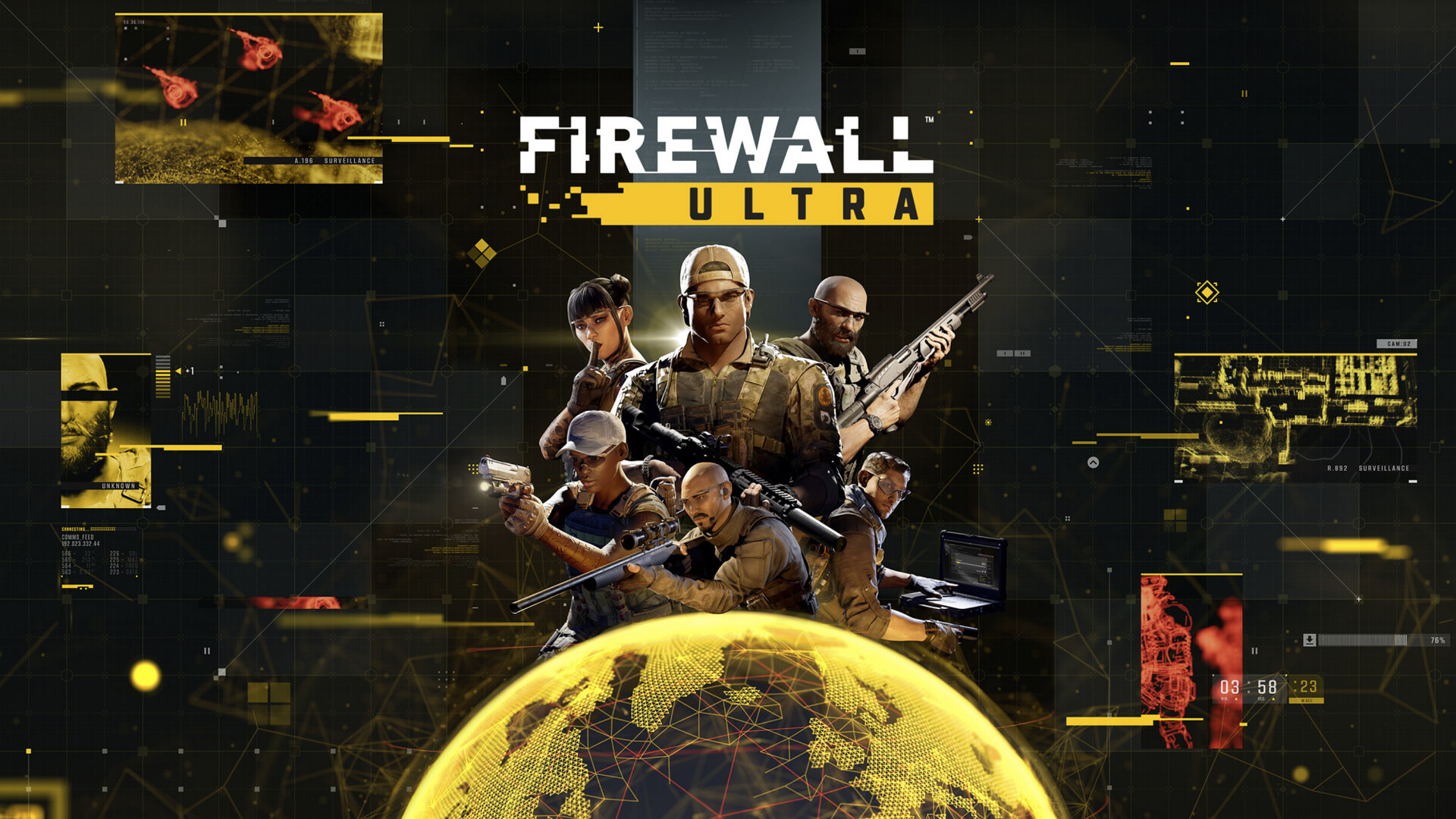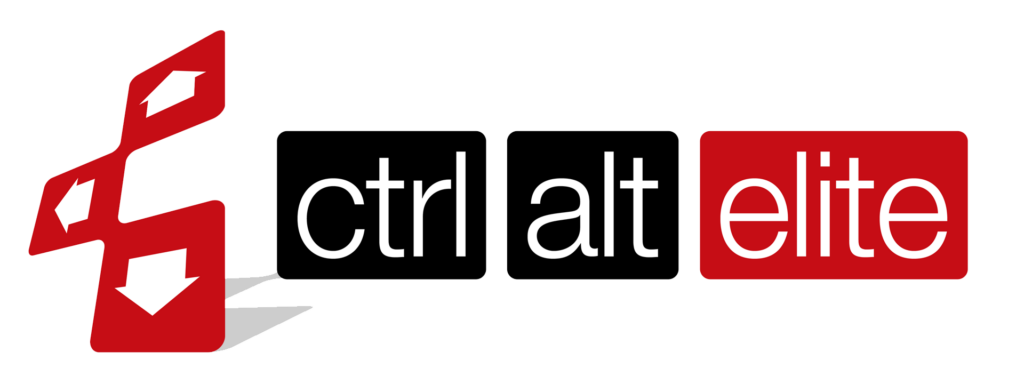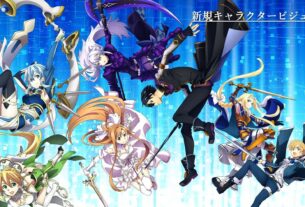
VR Skjutaren Firewall Ultra kommer till PS VR 2 och utvecklas i Unreal 5
First Contact Entertainment heter utvecklaren bakom den populära Firewall Zero Hour som släpptes 2018 till Playstation 4 VR. Spelet vann många priser och hyllades med sin unika Squad-based mekanik. Nu kommer detaljer kring uppföljaren i en intervju. Detaljer kring Unreal 5, utveckling och annat går att läsa här nedan.
For the uninitiated, what is Firewall Ultra about?
Firewall is a strategic VR shooter where players team up in groups of four to either defend or attack a location and steal data. Firewall Ultra is the next evolution of the franchise designed from the ground up for PlayStation®VR2, taking advantage of all the new hardware features of next-gen VR.
Firewall Zero Hour was a pioneer of modern VR gaming. How does Firewall Ultra raise the bar?
Firewall Ultra is truly a next-gen VR title made possible by a combination of the hardware of the PS VR2 and Unreal Engine 5. The entire visual approach has been re-tooled with a focus on detailed, real-time lighting and all of the gameplay has been extensively refined to take advantage of the PS VR2 hardware. For example, there is extensive use of eye-tracking in the game, sometimes in subtle ways to add detail and control to key interactions.
Can you talk about the different weapons/loadouts First Contact has developed for the game?
With Firewall Ultra, we have pushed VR weapons to the next level. No longer do you need additional peripherals, we have developed a brand-new concept for aim down sights (ADS) which mimics and improves on the familiar 2D functionality for ADS. It’s so natural, you often don’t even realize what is happening behind the scenes to make it feel so good. The system is very powerful and can accommodate many different play styles and choices.
Firewall Zero Hour was one of the first games to take advantage of PlayStation VR’s Aim controller. How do Playstation VR2’s new controllers change the dynamic with Firewall Ultra?
We focus on ways to bring robust user-interaction design to our games using a PS VR2 Sense controller in each hand and the new hardware provided some exciting, new techniques for us to explore.We are using all of the controller features (haptics, adaptive triggers, finger-sensing) along with eye-tracking to make weapon handling as immersive, rich, and fluid as possible.
Can you talk about how Firewall Ultra will make use of the PlayStation VR2’s new eye-tracking capabilities?
We’ve already shown a couple of examples in Sony’s Innovation Stories. There is the weapon select wheel, which is a UI element that allows you to switch weapons by looking at them and the mechanic for aiming grenade throws. Those are really the tip of the iceberg as the entire experience has been designed to leverage eye-tracking in subtle, but helpful ways.
From the menus, to some of the detailed nuances of our aiming mechanics, players can harness the immediacy of “looking” to solve gameplay interactions. We’re very excited by the potential to use eye-tracking in non-obvious ways, ways that just make something that is inherently difficult without other physical feedback and make it feel “natural” in a VR environment. This technology is going to pay huge dividends for not only Firewall Ultra, but all of our future projects as well—such as Solaris Offworld Combat II, which we just teased!
Can you talk about the ways First Contact Entertainment is leveraging what the PlayStation VR2’s hardware has to offer?
For us, it is always about two things. First, does the hardware allow us to create a more immersive experience? Additionally, whether or not it allows us to streamline the user experience in a way that makes the game more approachable or more enjoyable. The improved screen resolution (especially when using eye-tracked foveated rendering), the native HDR capabilities, and 3D sound all allow us to craft an experience that is consistently more immersive.
We are using a deferred renderer for Firewall Ultra as opposed to the more common forward rendering found in many VR applications. This has opened up approaches to lighting and material surfaces that really show off the improved resolution and HDR performance. We can’t wait to show more from our other upcoming projects as well. Combining the power of Unreal Engine 5 with the hardware in PS5 and PS VR2 opens up so many possibilities for us as game developers.
Does Firewall Ultra offer any ray tracing support?
That’s a great question. There is considerable real-time lighting in Ultra and that’s been an explicit focus for us. The combination of PS VR2 and PS5 has opened up much more potential for sophisticated lighting and shading. I’m just going to say that wielding a true, real-time, shadow-casting flashlight in VR is an incredibly powerful and immersive tool.
Can you talk about how First Contact Entertainment implemented Firewall Ultra’s sophisticated real-time lighting and what it brings to the table?
First, you have to be able to run at sufficiently high-performance levels to allow that to happen. The other part is that for lighting to make sense in real-time to the player, you also need to pay attention to the detail of surfaces and how your “shape language” works in the game. We worked hard to optimize the multiplayer environments of our games and Ultra represents a completely different approach to material design in VR.
There are two key ways we leverage real-time lighting and both benefit the player enormously. The first is to reward player actions with robust effects. This can be the flashlights, muzzle flashes, explosions, etc, that make the combat feel so much more intense and immersive.
The other is to use real-time lights for dramatic effect in the environment. With environmental lights, we generally look for opportunities to use light to help players understand the environment better, or for situations where light might be a tactical consideration. By that, we mean you may need to be aware of light and/or shadow to gain an upper hand.
The team has stated the game will leverage advanced materials. Can you elaborate on that?
Everyone at FCE is committed to making VR gameplay every bit as rich and detailed as flat gaming, our term for screen-based media. Now, we aren’t naive and the reality is that rendering in VR does have additional overhead and considerations that flat media does not. For Ultra, we switched the experience to take advantage of deferred rendering techniques, unlocking the use of much more sophisticated shaders. This has allowed us to use a variety of mapping approaches to add details to all of the surfaces in the game. From the weapon you are holding in your hands to every surface your flashlight reflects off, you will notice tiny pocks, scars, scratches, etc.
We don’t consider this merely dressing. When your goal is to create as immersive an experience as possible, the closer we can get to people’s real world experience of light and dark, the richer the experience becomes.
Firewall Ultra also supports HDR! How might this add to a heightened sense of presence in VR, and were there any challenges with incorporating it?
This was something that ended up being way more impactful than we immediately thought. We had plans for pretty much all of the hardware features, but our CTO Wei Qiao called this one out. For Ultra, our first principal for the game was light/dark gameplay. We didn’t have a strong definition, but we instinctively understood that the capacity to interact with light and dark would be both novel and impactful for gameplay. Having a consistent and high-quality HDR screen is essential for this. More than in a flat game, we can be confident of the black levels and lean into the detail far more heavily.
Firewall Ultra runs at 60FPS on the PlayStation VR2. How did the team tackle optimization to hit a consistent and smooth framerate?
The short version is being ruthless! In all seriousness, we never choose the easy path. When others do single-player, we do multiplayer. For us, multiplayer is a significantly different experience in VR. The social immersion feels very real. When other people do floating hands, we do full body representation, when others do teleporting, we do full locomotion. (This was a thing with the OG Firewall).
There are a lot of well-documented optimization strategies and the real rule is don’t draw or calculate anything you don’t need to. As with early console gaming, take account of every asset and every cycle. Don’t spend what you don’t need.
That’s a bit of gross simplification, we also work hard to determine which techniques contribute to the players experience more than others and play a lot of “tricks” with what you see.
First Contact Entertainment built Firewall Ultra using Unreal Engine 5, making it not only one of the first VR games to use the engine, but also one of the earliest UE5 games period. Why was Unreal Engine 5 the correct choice for Firewall Ultra’s development?
See above… we like to make life interesting!
Actually, it’s the focus on lighting, particularly forward-thinking real-time approaches that were most intriguing. Working at the cutting edge of new hardware and software has not been without its challenges, but the results are starting to speak for themselves.
Additionally, we see Firewall Ultra as principally a live game; a game that lives for several years—we are approaching Firewall Zero Hour’s fifth birthday later this year and people still play it every day—and future-proofing our engine choice was an important factor. Specifically, Ultra is our line in the sand, the foundation for everything we will continue to build for VR and PS VR2.
How has it been for First Contact jumping headfirst into Early Access Unreal Engine 5 VR development?
It’s fair to say, it’s uncharted waters. There is literally no guide as to how to do it. It’s been a journey of discovery, and to be honest, we are still learning. Our hope is that others will see what’s possible with this engine and on this platform and understand that it is more than possible to build experiences that are absolutely best-in-class. We don’t want to rely on the qualifier of being “good for a VR game” at all, we just want to make great games in VR. We’ve never been good at accepting that this or that is not possible in VR.
Firewall Ultra uses a fully deferred rendering pipeline, which is rare for a VR title. How does this benefit the game and what challenges presented themselves going this route?
For us, the biggest benefit is the fidelity and authenticity of the surfaces of objects. It’s not something that folks are always going to focus on, but especially with real-time lighting, the environment just feels that bit more immersive or concrete. It also reduces some of the strain of geometric detail, allowing the shading to take the strain of surface details.
One of the most immediate things players will notice is the crazy amount of detail that the weapons display. It’s one thing looking at a weapon from the same rear-facing view in a flat game and an entirely different experience when you are literally holding it in your hands.
The biggest challenge is always optimization. More advanced shading is obviously going to tax your pixel fill rate, but we have developed techniques for managing some of that complexity.
Were there any Unreal Engine tools or features that were helpful in developing Firewall Ultra?
OK, this isn’t obvious from a VR perspective, but we’ve been using Environment Query System (EQS) extensively in our PvE mode; it’s allowed us to craft an almost endless variety of encounters with a highly efficient scenario set up.
Our PvE mode has been re-built, extended, refined, polished and all of that in comparison to Firewall Zero Hour!
When can players expect to be able to play Firewall Ultra?
Later this year!







